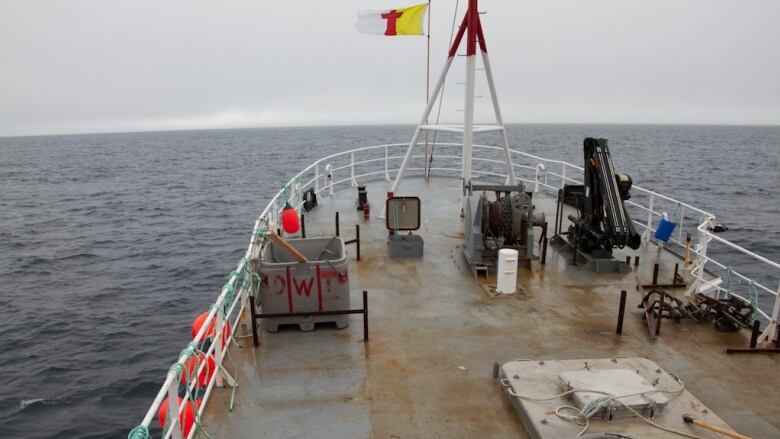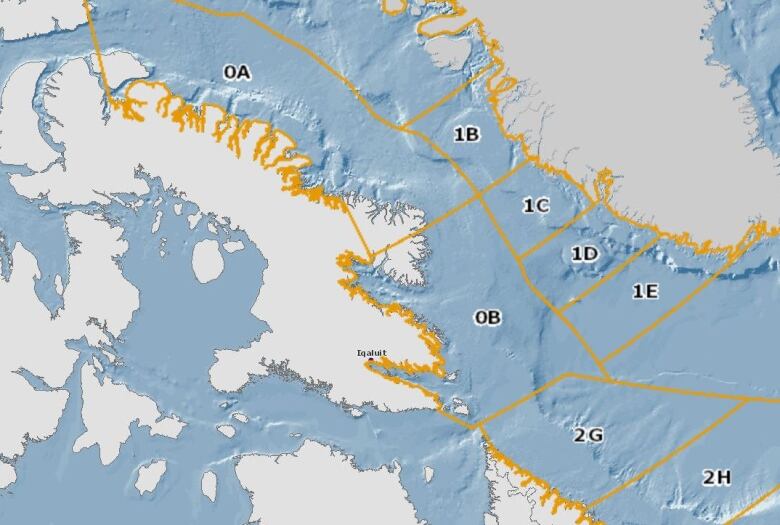Nunavut fishery gets a big boost in turbot quotas
Industry expects a $7M to $8M increase in revenue

Nunavut's fishing industry is expecting a multimillion dollar boost in revenue over the next two years, thanks to an increase of turbot quotas.
Last week, the federal Department of Fisheries and Oceans increased the total allowable catch for 2017 and 2018 by 575 tonnes in each of the two fishing areas adjacent to Baffin Island.
"What it means, of course, if you're looking at revenue on that amount of product, is somewhere between $7 million to $8 million of increase in revenue," said Jerry Ward, the director of fisheries at Qikiqtaaluk Corporation.
"Plus, it will also provide more jobs throughout the year and so on. So we're quite pleased with it."
The limits on turbot in zone 0A, northeast of Baffin Island, was upped to 8,575 tonnes, with Nunavut fishermen receiving all of the increase.
The limit in zone 0B, off Baffin Island's southeast coast, was increased to 7,575 tonnes. Nunavut will receive 90 per cent of that increase, with Inuit fishers in Nunavik receiving the other 10 per cent.

A change in attitude on adjacency
Ward says this increase, and increases to shrimp quotas last year, shows the federal government is listening to recommendations from Inuit fisheries.
"What's important about [this increase] is it builds on the emphasis with the federal government realizing, and certainly delivering on, the fact that these are adjacent resources which should clearly go to the community adjacent to the resource," Ward said.
The Nunavut fisheryhasfought for years for a largershare of the quotas, arguing on the adjacency principle. The NunavutAgreement stipulates thefederal government has a responsibility to give Nunavut special considerations for its share of quotas in its adjacent waters.
When it comes to shrimp quotas, for instance, Nunavut had a 31-per-cent share as of 2004, according to a joint submission last year by Nunavut Tungaavik Incorporated, the Government of Nunavut and the Nunavut Wildlife Management Board.
Shrimp shares more than 40 per cent
Today, Ward says Nunavut's shrimp share off its shores is more than 40 per cent. For turbot, Ward says Nunavut has a 73 per cent share.
"We've certainly seen a change in the attitudeat [the Department of Fisheries and Oceans] in the last number of years, as evidenced by not only these increases but increases last year," Ward said.
"It shows that they're listening, and they're committed. We're pleased they're delivering on its commitment on adjacency."












_(720p).jpg)


 OFFICIAL HD MUSIC VIDEO.jpg)
.jpg)



























































































